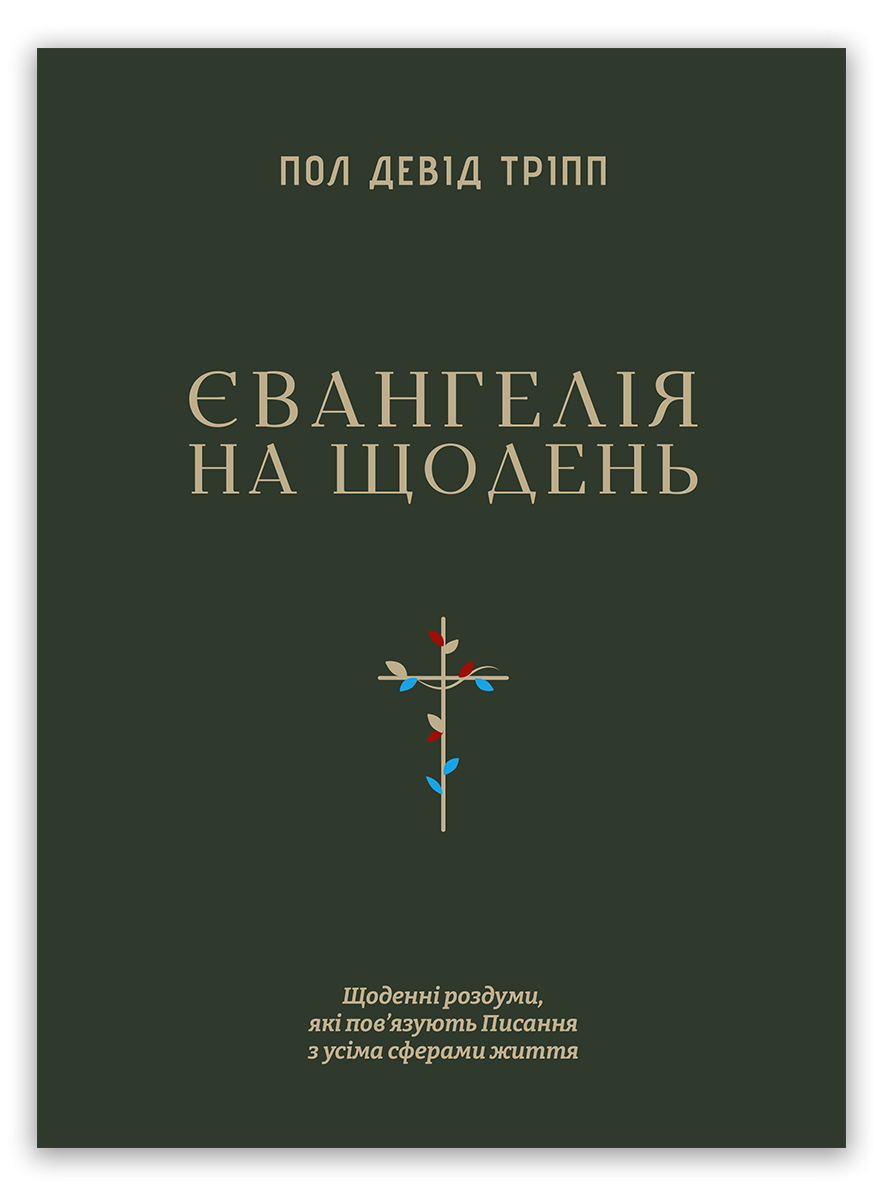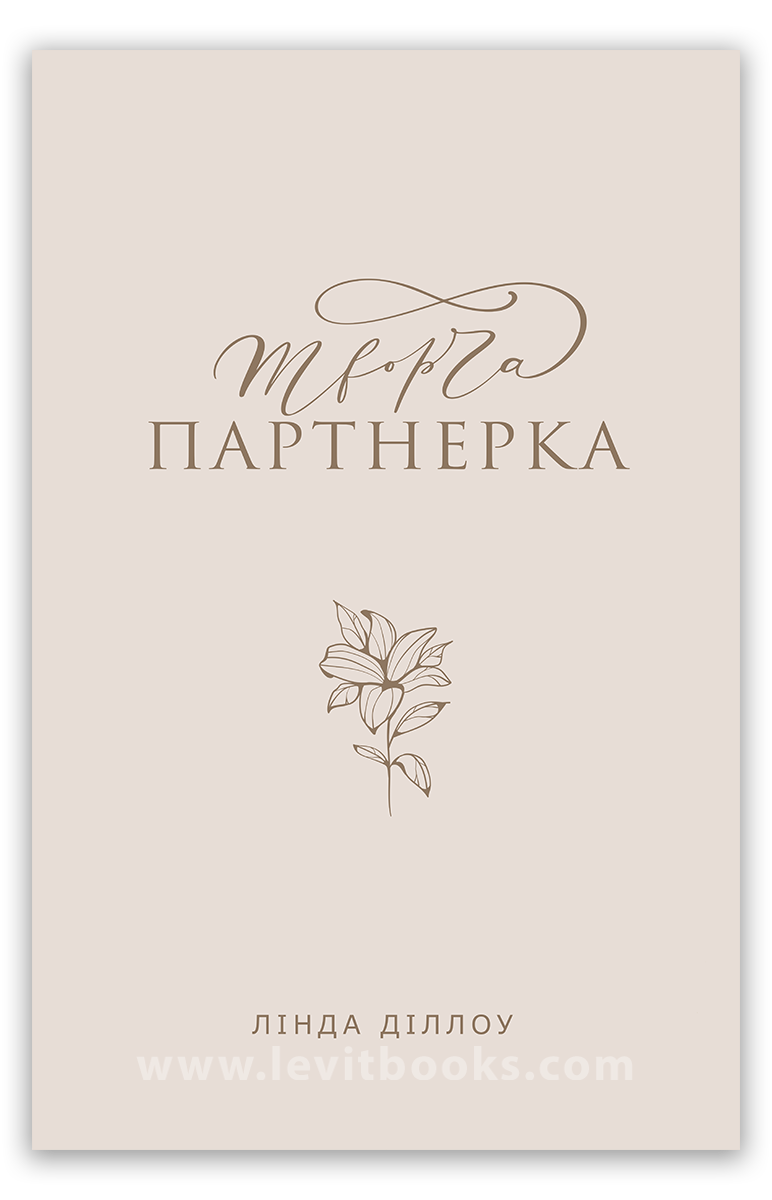The year 999 stands as a significant marker in the annals of history, often overshadowed by the millennial transition that followed. As the world approached the dawn of the new millennium, various cultures and societies were rife with speculation, fear, and anticipation about what the future would hold. This article delves into the historical context of the year 999, exploring its cultural, religious, and social dimensions, and how they shaped the perceptions and events of the time in 999.
The Cultural Landscape of Europe in 999
As the first millennium drew to a close, Europe was undergoing profound transformations. The continent was characterized by feudal systems, the rise of monarchies, and the spread of Christianity.

The Feudal System and Its Implications
The feudal system was the predominant social structure in medieval Europe. It revolved around land ownership and the relationships between lords and vassals. Lords granted land to vassals in exchange for military service and loyalty, creating a hierarchical society.
This system had far-reaching implications for the political landscape. Power was decentralized, with local lords wielding significant authority over their territories. This fragmentation often led to conflicts and power struggles, as rival factions sought to expand their influence. The year 999 saw many regions embroiled in such disputes, reflecting the instability of the era.
The Role of the Church
The Catholic Church played a pivotal role in shaping European culture during this period. As the spiritual leader of Christendom, the Pope held considerable sway over political matters, often mediating disputes among kings and nobles. In 999, the Church was also a unifying force, promoting a shared identity among Christians across Europe.
Religious institutions were not only centers of worship but also hubs of education and culture. Monasteries preserved classical texts and provided education, fostering intellectual growth. The Church’s influence extended beyond spiritual matters; it dictated moral standards and societal norms, which were critical in shaping the lives of people during this time.
Art and Architecture
The artistic expression of the late 10th century reflected the prevailing themes of spirituality and devotion. Romanesque architecture began to emerge, characterized by thick walls, rounded arches, and large towers. Churches and cathedrals were built to inspire awe and reverence, serving as physical manifestations of faith.
Art from this period often depicted biblical scenes and saints, aiming to educate the largely illiterate population about Christian teachings. Illuminated manuscripts became popular, showcasing intricate designs and vibrant colors. The cultural output of this time laid the groundwork for the flourishing of art and architecture in the subsequent centuries.
See more: in 999 register
Socio-Political Dynamics in the Year 999
The socio-political dynamics of the year 999 were marked by a complex interplay of power, religion, and societal change. Various kingdoms and empires were vying for dominance, leading to shifting alliances and conflicts.
The Holy Roman Empire
In central Europe, the Holy Roman Empire was a dominant force. Established by Charlemagne, the empire was characterized by its vast territories and diverse populations. By 999, Otto III was the emperor, known for his efforts to strengthen the empire and promote Christianity.
Otto III aimed to revive the glory of the Roman Empire and sought to unite Europe under a common Christian identity. His reign was marked by attempts to consolidate power, leading to tensions with local nobility. The empire’s vastness posed challenges in governance, making it difficult to maintain control over distant regions.
Viking Influence
During this period, the Viking Age was coming to an end, but its impact was still felt across Europe. Norse explorers and warriors had established settlements in various regions, including England, Ireland, and parts of France. Their raids had instilled fear in many communities, prompting responses from local rulers.
By 999, the Vikings were transitioning from raiders to settlers, integrating into the societies they once plundered. This cultural exchange enriched the regions they inhabited, leading to the blending of traditions and practices. The legacy of the Vikings continued to shape the social fabric of Europe, influencing language, trade, and governance.
The Rise of Local Monarchies
As the feudal system solidified, local monarchies began to gain prominence. Kings and queens emerged as central figures in their respective regions, often asserting their authority through warfare and strategic marriages. The competition for power among these monarchs contributed to the political fragmentation of Europe.
In 999, several notable monarchs were vying for control, each seeking to expand their territories and influence. This period of rivalry set the stage for future conflicts, including the Crusades and the Hundred Years’ War. The struggle for power among local rulers underscored the volatility of the political landscape during this time.
Religious Beliefs and Millenarian Expectations
As the year 999 approached, religious beliefs played a crucial role in shaping societal attitudes and expectations. Many individuals believed that the end of the millennium would herald significant changes, both spiritually and materially.
Apocalyptic Fears
The turn of the millennium sparked apocalyptic fears among various religious groups. Many Christians interpreted biblical prophecies as indicative of impending doom. The Book of Revelation, in particular, fueled speculation about the Second Coming of Christ and the final judgment.
These fears manifested in widespread anxiety and fervent piety. People engaged in acts of penance, seeking forgiveness for their sins in anticipation of the end times. Some communities even organized processions and gatherings to pray for salvation, reflecting the pervasive sense of urgency.
The Role of Prophecy
Prophetic interpretations were prevalent during this time, with various figures claiming to have insights into the future. These prophets often garnered followings, as people sought guidance amid uncertainty. The belief in divine intervention heightened the sense of anticipation surrounding the year 1000.
In addition to Christian prophecies, other cultures also had their own eschatological beliefs. For instance, some pagan traditions viewed the transition to a new millennium as an opportunity for renewal and rebirth. This blending of beliefs contributed to a rich tapestry of spiritual expectations during this period.
The Impact on Society
The religious fervor surrounding the year 999 had tangible effects on society. Communities came together in prayer and reflection, fostering a sense of unity amid uncertainty. However, it also led to divisions, as differing interpretations of prophecy created rifts among various sects and denominations.
The anticipation of the millennium influenced various aspects of daily life, from agricultural practices to social interactions. People sought to prepare themselves spiritually and materially for whatever lay ahead, resulting in a heightened sense of community engagement and collective consciousness.
The Legacy of 999: Reflections on Change
Looking back at the year 999, it is evident that this moment in history served as a catalyst for significant changes in European society. The interplay of cultural, political, and religious factors laid the groundwork for the developments that would unfold in the following centuries.
Transition to the Middle Ages
The year 999 marked a transitional phase between the early medieval period and the high Middle Ages. The feudal system became more entrenched, and the power of the Church continued to grow. These developments set the stage for the emergence of centralized monarchies and the eventual rise of nation-states.
As Europe moved into the 11th century, the foundations laid during this time would influence the trajectory of European history. The Crusades, the rise of universities, and the flourishing of trade would all be shaped by the socio-political dynamics established in 999.
Cultural Renaissance
The cultural output of the late 10th century foreshadowed the Renaissance that would follow. The preservation of knowledge by monasteries and the burgeoning interest in art and literature paved the way for a revival of learning and creativity.
The blending of traditions, particularly as a result of Viking settlement and interaction with other cultures, enriched the European cultural landscape. This fusion of ideas and practices would contribute to the vibrant tapestry of the Middle Ages, ultimately leading to the transformative changes of the Renaissance.
Reflection on Human Experience
The year 999 serves as a reminder of the human experience in the face of uncertainty. The anxieties and hopes of the people during this time resonate with contemporary concerns about the future. The interplay of faith, culture, and politics continues to shape our world today.
In examining the historical context of 999, we gain insights into the complexities of human existence and the enduring quest for meaning amid change. The lessons learned from this period can inform our understanding of the present and guide us as we navigate the uncertainties of the future.
FAQs
What were the major events in the year 999?
The year 999 did not witness any singular monumental event but was characterized by various socio-political dynamics, including the consolidation of power among local monarchies, the influence of the Holy Roman Empire, and the ongoing transitions in Viking settlements.
How did religion influence society in 999?
Religion played a central role in shaping societal norms and values. The Catholic Church was a unifying force, while apocalyptic fears surrounding the millennium prompted widespread piety and communal gatherings for prayer and reflection.
What was the significance of the Holy Roman Empire in 999?
The Holy Roman Empire was a dominant political entity in central Europe, with Emperor Otto III striving to strengthen the empire and promote a unified Christian identity. Its vast territories and diverse populations made it a key player in the political landscape of the time.
How did the feudal system impact social structures in 999?
The feudal system created a hierarchical society based on land ownership and loyalty. Lords granted land to vassals in exchange for military service, leading to a decentralized power structure that often resulted in conflicts and rivalries among local rulers.
What cultural developments occurred in 999?
Cultural developments included the emergence of Romanesque architecture, the creation of illuminated manuscripts, and the blending of traditions due to Viking settlements. These artistic expressions laid the groundwork for the cultural renaissance that would follow in the subsequent centuries.
Conclusion
The year 999 stands as a pivotal moment in history, encapsulating the complexities of a society on the brink of transformation. The interplay of cultural, political, and religious factors shaped the experiences of individuals and communities during this time. As we reflect on the historical context of 999, we gain valuable insights into the human experience and the enduring quest for meaning amid uncertainty. The legacy of this year continues to resonate, reminding us of the intricate tapestry of history that has shaped our world today.




